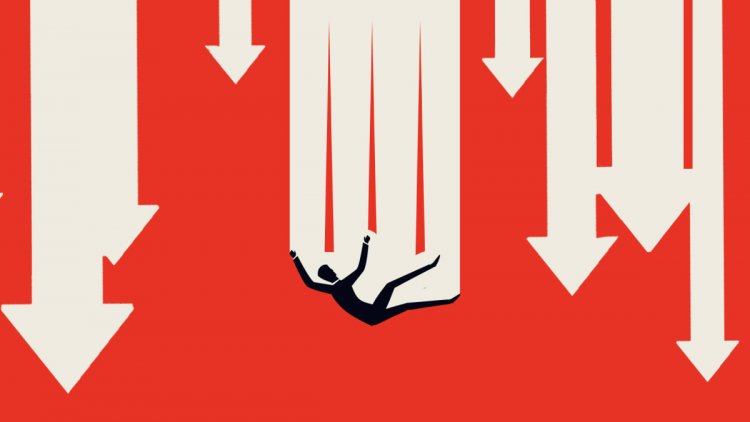For Clues on Recession, View the Data From Individual States
The St. Louis Fed calculates how many states must suffer economic downturns to indicate a national recession.

The St. Louis Fed calculates how many states must suffer economic downturns to indicate a national recession.
Many economists see a strong chance for recession next year. In making their forecasts, they look primarily at national economic data.
But data from the states is important too, researchers from the St. Louis Federal Reserve Bank wrote in a commentary.
“The Federal Reserve Bank of Philadelphia’s state coincident indexes can be used to assess whether recession-like conditions have developed in each of the states. And if so, whether there is a threshold in the number of states that might signal a national recession,” they said.
“For each state, the long-term growth of its SCI matches the long-term growth of the state’s GDP.”
As you might expect, during national recessions, the number of states that register negative growth in the SCI increases.
This Is the Threshold for Recession
In the past six recessions, starting in 1980, the threshold for recession is the average number of states that have negative growth in the state coincident index during the first month of the national recession, the researchers said.
“A threshold estimate based on this analysis shows that 26 states need to have negative growth in the SCI to have reasonable confidence that the national economy entered into a recession,” they said. “Excluding the 2008 outlier [when only nine states entered recession], raises the threshold to 29 states.”
Turning to the present environment, in October 2022 27 states had negative growth in their SCIs, the researchers said. That exceeds the 26-state average but trails the adjusted average of 29.
So judging by the state data, it’s tough to say whether a recession is coming soon.
Meanwhile, a December survey of 38 economists by Bloomberg showed they saw a 70% chance for a recession next year. That’s up from 65% in November. The economists say the Federal Reserve’s interest rate hikes will cut demand.
They forecast that consumer spending, which makes up two-thirds of GDP, will barely increase in the middle six months of the year.
Median estimates call for GDP growth of only 0.3% in 2023 as a whole. That includes an annualized 0.7% dip in the second quarter and zero growth in the first and third quarters.
Goldman Sachs Sees Mild Recession
Separate from the Bloomberg survey, “we expect that the Fed will stay in restrictive policy for a while unless the effect on real GDP growth and unemployment becomes particularly severe and inflation has fallen close to target,” said Maria Vassalou, co-chief investment officer of multiasset solutions at Goldman Sachs Asset Management.
The Fed has a 2% inflation target. The personal consumption expenditures price index, the central bank’s favorite inflation measure, totaled 5.5% in the 12 months through November.
“While inflation now shows a downward path, levels … are still too high and very far away from target for the Fed to signal any softening,” Vassalou said.
“We don’t expect any let up from the Fed until inflation is at least in the 3% range. A mild recession is our central scenario for next year.”
What's Your Reaction?



























































